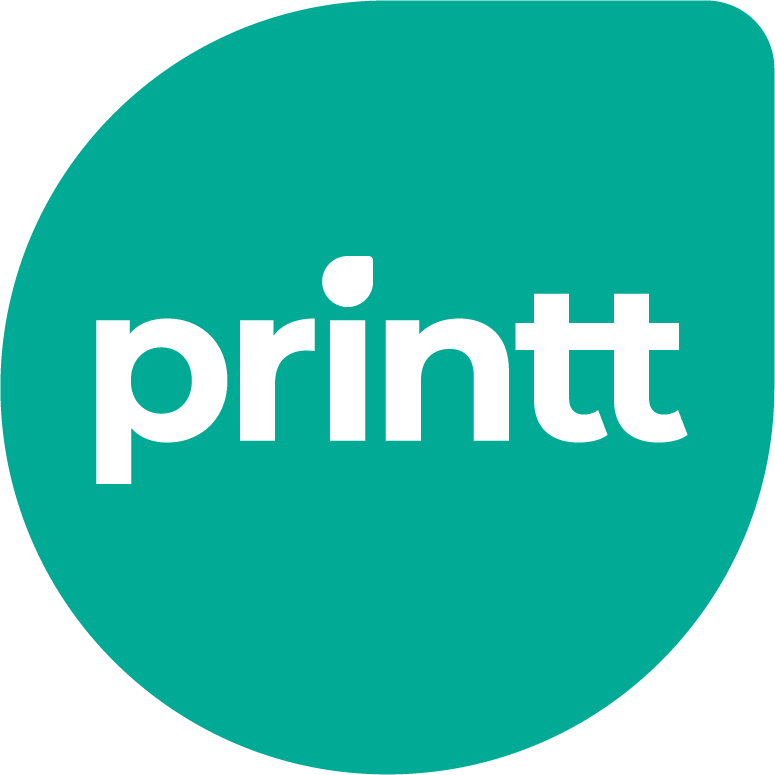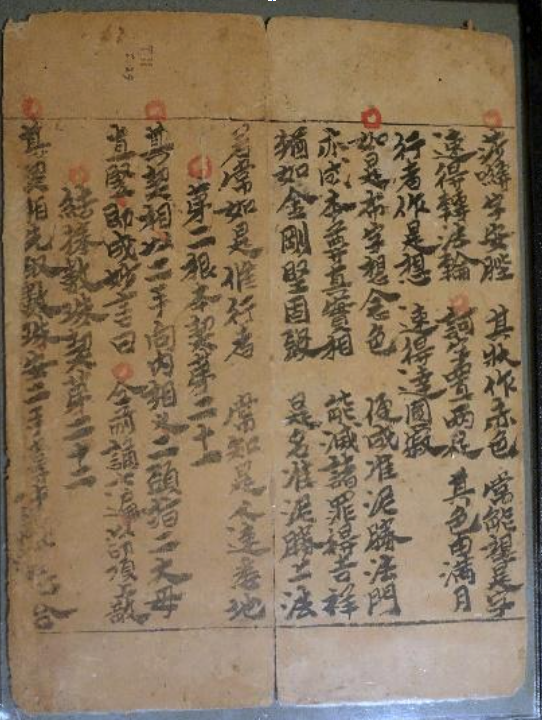From Woodblock to Wi-Fi: a history of Printing in 5 minutes
We all have our gripes with printing. From paper jams to the cost of printer cartridges, this modern convenience seems come with a lot of little inconveniences.
[Luckily, these are just some of the things that ordering click-and-collect prints with Printt can spare you from.]
However, you will be glad to know that printing, throughout its long and storied history, has always been a bit of a chore.
There’s nothing like a little perspective to make us reflect on what we have – so, let’s take a quick journey through the history of printing to see how we got to where we are.
Woodblock Printing
Our printing history begins… well, before you catch us out, not with woodblock
That honour in the history of printing goes to a range of prehistoric hand stencils, as well as seals and stamps (the latter of which date back as far as 6000 BCE in the Middle East).
But it would take a few millennia more for words and designs to make their way to cloth, and then paper – this happened with the advent of woodblock printing.
Naturally, the region of the world that saw the invention of mass paper production would also be the first ones to print on it – so, our story actually starts in China, in about 700AD.
According to the Asian Museum of Art in San Francisco, the technique worked as follows:
“Text to be printed was first written on a sheet of paper. The paper was then glued face-down to the wood block and, using a knife, the characters on the paper were carefully engraved on the wood. The surface of the wood block was then inked and covered with a sheet of paper. By gently brushing the paper over the engraved characters, the text was printed.”
Where printing happened, books and art followed, and trade flourished.
Move It or Lose It: Moveable Type in the History of Printing
Woodblock is wonderful, but like our modern printers, it had its limits.
In this case, it could transfer beautiful imagery and calligraphy onto paper, but one design is all you get.
What moveable type did for printing is akin to what slicing did for bread.
Rather than ‘stamping’ a full design onto a page, individual porcelain blocks with pictographs were arranged into a frame by a printer (human), and then applied on-page. This means that individual blocks could simply be rearranged in the frame, and new pages printed – without needing a page per block.
For this innovation we credit Bi Sheng in China. In the West, we’ll perhaps be more familiar with one Johannes Gutenberg, whose 15th century printing press was our introduction to moveable type technology.
Fun Fact: letters used in such printing presses were traditionally stored in cases. The ‘upper case’ held capital letters, and the ‘lower case’ held the ‘small’ letters – hence the names we use today.
Printing History Rolls On with Lithography and Offset Printing
Much as it dominated football for a time, Germany also had a pretty good run pioneering printing.
The most significant development here entirely changed the way we could transfer letters and designs to paper. Rather than stamping ink to paper via blocks with inked surfaces, the novel form of ‘lithographic’ printing relied on the chemistry between oil and water (or lack thereof, as they don’t mix).
Designs could be drawn on plate or stone with a greasy ‘tusche’ (usually oil or fat), coated with an ‘etch’ (such as gum Arabic). The result is that oil would coat the design, but not the watery blank areas, and thereby be transferred to a blank sheet.
In the late 19th and early 20th century, this was perfected into a ‘rotary lithograph’ (featuring a cylindrical press) which enabled ‘offset’ printing. This technique is still in use for mass-producing newspapers.
Are Friends Electric? Making Printing History in the Digital Age.
Modern computer printing and its many frustrations go back further than you might expect. The first ‘electrophotography’ (later ‘xerography’) techniques were developed in the 1930s by an American, Chester Carlson.
The process is ingenious, if somewhat lengthy to describe. But it made the American giant Xerox a household name when it launched its home copier in 1959.
Where there’s profit, there’s innovation. The commercial potential of these machines gave R&D teams the world over the justification they needed to bring printing into the digital age. It turned out that a lot of money could be made casting tiny dots of ink onto paper.
This form of printing what you see on screen onto paper gave rise to the dot matrix, laser jet and inkjet printing. A true love-hate relationship, but in reality, we couldn’t do without it.
Apple LaserWriter - Photo by Museums Victoria on Unsplash
“Can’t Someone Else Do It?” - Printing as a Service
The short answer is, yes, someone else can. That’s the magic of online printing.
If you ask a team like Printt, here’s five things you need to know about using an A4 document printing service:
It’s easy – simply sign-up, send us what you need to print, and if it fits on A4, we can print it. You can even do it from your phone.
It’s convenient – once printed, we can deliver it straight to your door, or you can opt to click and collect A4 documents near you, from over 300 locations nationwide.
It’s customisable – black and white, double-sided or single page – there’s nothing too complicated about it, so no need to sweat the details. You can opt for a bit of binding or lamination if you need to spruce it up.
It’s high-quality – we print on 90GSM paper (far from flimsy), and if it’s not up to snuff, we guarantee your money back*.
It’s business-friendly – from corporate report printing to legal document printing, if you need business print services nearby, an online printing company like Printt can provide a seamless, pay-as-you-go experience for you and your teams to buy prints near you.
So that’s a history of printing you can absorb in a lunchtime. Is your home printer behaving yet? If you’re bored of waiting for it to work, sign up to Printt and we’ll give you 30% off your first delivery.
* Disclaimer: 100% money back guarantee only covers instances where the printing quality has visible imperfections or is incorrectly printed. A photo of the imperfection has to be provided and evaluated by our team. Delivery delays specifically do not fall under this guarantee and a refund will not be issued for late orders.


